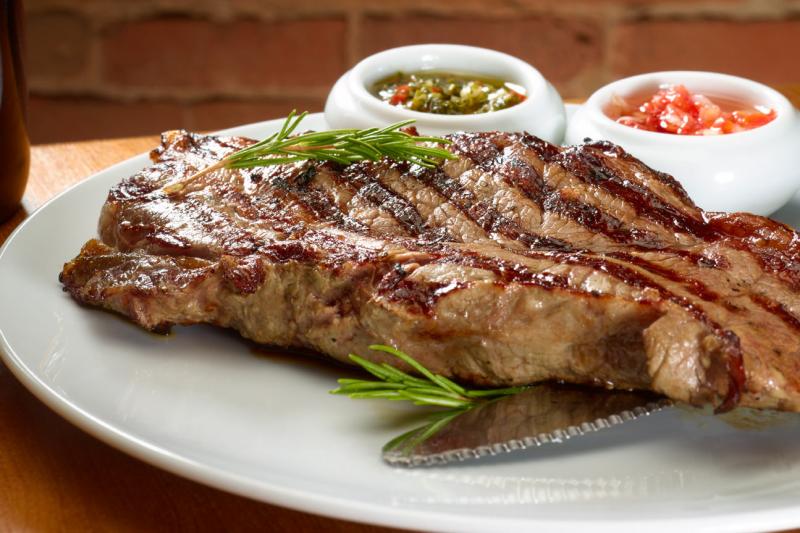
Argentine Cuisine
By Sean Mahon
Argentinean food is decadent, heavy, and utterly delicious. It has been influenced by a rich blend of cuisines from around the world, as the immigrants that made Argentina their home throughout history left their marks on the food that is eaten today. Spanish cuisine was the predominant influence, although French, Italian, German and English influences can still be traced back across the decades.
The flavour of Argentina developed long before European explorers first set foot on the shores. Argentina was populated by Native Indian tribes who relied on the land to provide for them, growing maize, squash, melons and sweet potatoes. Spanish colonisers first arrived in the 1500s, but between 1880 and 1890 nearly 1 million immigrants flooded Argentina from Europe, and this had a deep impact on the kinds of food that were eaten. Most of these immigrants were Spanish, bringing with them their traditional cooking methods and recipes (such as paella), but many Italians also made Argentina their home. The Italian influence had a lasting effect; today, pasta dishes such as spaghetti (or ‘fideos’ as it known to Argentineans), lasagne, gnocchi and cannelloni are all extremely popular. Another firm favourite is pizza, although it’s been given a distinct Argentinean twist. Using a lighter and crunchier dough than what is used in traditional Italian pizzas, it is usually served up whole and only topped with two ingredients-aside from plenty of cheese, that is! Italian-style ice cream is also in demand; you will find ice cream parlours (and ice cream drive-throughs) across the country.
In the late 1800s, British settlers brought tea to Argentina, starting the much loved tradition of teatime. In the late afternoon, Argentinean’s will have a light snack of tea, sandwiches and cake to hold over their appetites until dinner, as it typically eaten much later in the evening, around 9pm. Curiously, you can find traditional Welsh cuisine in the Patagonia Chubut Valley, which was first populated by Welsh settlers in 1865. The valley is now a hotspot for chic teahouses, which serve up scones and cream teas!
Argentina’s warm climate and lush lowland regions combine to make it one of the world’s greatest food producing nations. More than 4% of the world’s cattle are raised by Argentine cattle ranchers, and the Argentine cowboy, or the ‘gaucho’, is a well known symbol that has been flashed across cinema screens all over world. The national dish of Argentina is beef, proving that it is truly is a nation of meat lovers. The cattle are fed on grass rather than grain, for a better flavour. Beside beef, many dishes include spicy sausages (chorizo), kidneys (riñones), sweetbreads (mollejas) and small intestines (chinchulines) and are often served with chimichurri, a sauce made of herbs and chilli.
Argentina is also South America’s largest producer of honey; an ingredient that makes its way into many delicious desserts, such as sopaipilla (the honey is poured between layers of fried pastry.) Of course, we cannot talk about Argentinean desserts without mentioning dulche de leche. The sweet, caramelised paste is spread on bread and pancakes, used to flavour cakes and pastries, poured onto ice-cream, sandwiched between biscuits- it’s fair to say the Argentinean’s are infatuated with this confectionary treat.
In the more tourist friendly parts of Argentina, such as Buenos Aires, you will find a very sophisticated restaurant culture, with top restaurants serving first class food from around the world. However, if you want to sample the traditional rustic cuisine, there are plenty of roadside ‘bodegones’- inexpensive eateries - that serve up a true taste of South America.
Share this article:



















